Honey Varieties in Greece
What is Honey?
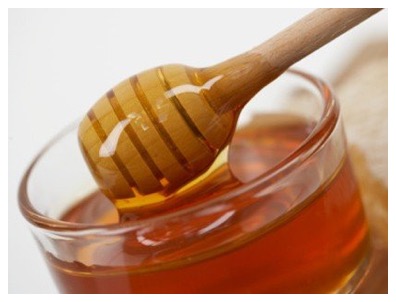
Honey contains:
• Glucose about 30.3%
• Fructose about 38.4%
• Minerals
• Organic Acids
• Enzymes and aminoacids
• Metals
• Vitamins B, C
• Polyphenols, Carotenoids, Vioflavonodi
Honey is the only nourishment that does not expire and is also a medicine for humans. It is said that Democritus owed his longevity to honey consumption. There are many different types of honey and the most important categories are:
• Flower honey, honeydew honey and their blends
• Polyfloral and monofloral honey
• Flower honey produced by the nectar of the flowers. Honeydew honey comes from insects’ secretions which bees collect from pine and fir trees.
Pine Honey
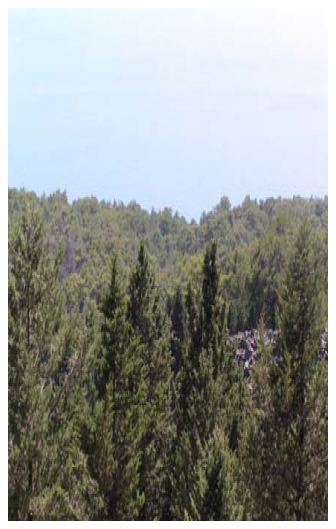
The main production areas of pine honey are the northern Euboea, Chalkidiki, Thassos, Skopelos, Zakynthos and Rhodes. Marchalina hellenica starts secretion from mid-August in large quantities and finishes next spring time. Bees mostly collect these secretions fro the production of pine honey from August to October.
Taste: Due to the low concentration of sugars is not too sweet.
Aroma: Particular. It is compared to the aroma of iodine.
Colour: The colour of pine honey is typical but darker than the thyme honey. Pine honey produced during the spring time is lighter and more clear than that produced in the Fall.
Crystallisation: Crystallization of pine honey is very slow, since the natural content of glucose is low. Pure pine honey remains fluid for more than one and a half year.
Nutritional value: Pine honey is of high nutritional value which is indicative of the high ash content. It also contains a large amount of different substances. Greek pine honey usually have great content of metals and minerals (calcium, magnesium, zinc, iron, copper, etc.).
Fir Honey

Taste: Fir honey is special for its really good taste.
Aroma: Not strong aroma.
Colour: Varies depending on the region of origin. Fir honeyfrom Vytina Arcadia stands out because of the creamy sheen created internally and is called "Vanilla fir." Generally, fir honey has bright colour in some areas and darker in others.
Crystallisation: Its low content of glucose helps it not to crystallize.
Nutritional value: It has high content in minerals (potassium, magnesium, phosphorus,iron, etc.). Contains vitamins in very small quantities, but even this small amount helps better absorb sugars from the human body.
Chestnut Honey
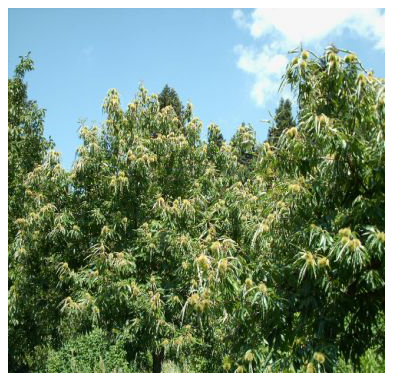
Taste: Strong, slightly bitter. The flavor of chestnut honey is so intense that a small proportion can overweigh the flavor of other honeys.
Aroma: Intense aroma.
Colour: Varies depending on its origin from light dark brown colour and sometimes reddish in the case of honeydew.
Crystallisation: Crystallises in grains after 1-2 years.
Nutritional value: Rich in trace elements. Has sweating properties, promotes the circulation of blood and has astringent and disinfectant properties of the urinary tract.
Citrus Fruit Honey
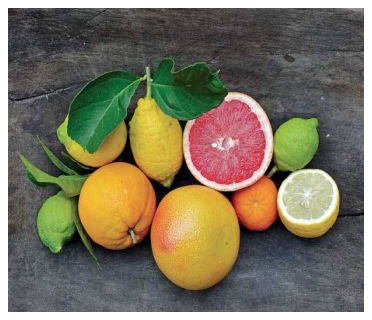
Taste: Extremely special taste.
Aroma: Intense, lovely scent.
Colour: Light yellow
Crystallisation: Crystallizes very quickly, so it recommended to be consumed in a short time.
Nutritional value: In order to maintain its nutritional value, this type of honey should be consumed in a short period of time and be kept in dark places, away from high temperatures.
Thyme Honey
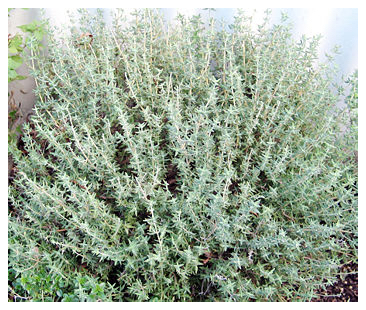
Taste: Thyme honey has a pleasant taste, but sometimes due to high concentration of fructose, leaves a burning sensation in the mouth.
Aroma: Intensely aromatic honey.
Colour: Usually has light amber colour. Thyme honey from Attica and the Cyclades usually has a lighter color, while thyme honey form Crete and the Dodecanese has dark orange color.
Crystallisation: This specific honey crystallizes in 6-18 months.
Nutritional value: Thyme honey is considered to have tonic and antiseptic properties and it is recommended for the prevention and fighting of infections of peptic and respiratory diseases. Thyme honey is rich in copper and boron.
Heather Honey
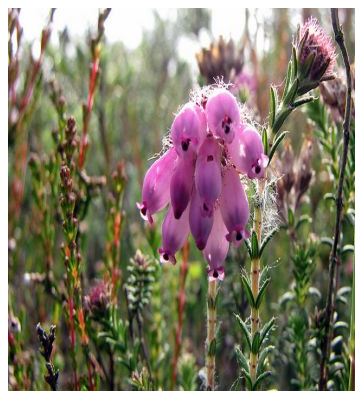
Taste: The spring heather honey is more palatable than the autumn heather honey but its special characteristic is the typical strong flavor.
Aroma: Characteristic, delicate aroma.
Colour: Autumn heather honey has dark reddish colour and spring heather honey has more light colour.
Crystallisation: Due to high natural content of glucose, heather honey crystallizes very quickly (within about 1-3 months) and therefore it is not suitable for blending with othertypes of honey for the creation of commercial types (blends). Heather honey sours more easily than other types of honey because of its high content of moisture and high amounts of Saccharomyces.
Nutritional value: Heather honey (especially the autumn) is considered to be a very nutritious honey, very tonic, for human body, it contains dozens of natural nutrients,vitamins, enzymes and amino acids, so it is mainly sold in health food stores.

What is Apiculture?
Apiculture is the management and study of honeybees.
Apiculture is the management and study of honeybees.
Apiculture is derived from the honeybee's Latin name Apis mellifera, meaning ‘honey gatherer’. Since bees do not collect honey but nectar from which honey is made, the scientific name should actually be Apis mellifica meaning ‘honey maker’.
Although apiculture refers to the honeybee, the vital role all bees play in the pollination of crops and flowering plants has caused apiculture to also include the management and study of non-Apis bees such as bumblebees and leafcutter bees.
Some 90 million years ago, flowering plants first appeared on earth. The wasp-like ancestors of bees took advantage of the food made available by flowers and began to modify their diet and physical characteristics.
Since then, flowering plants and bees co-evolved. This eventually led to a complete interdependence, meaning that flowering plants and bees cannot live and reproduce without each other.
Since then, flowering plants and bees co-evolved. This eventually led to a complete interdependence, meaning that flowering plants and bees cannot live and reproduce without each other.
The genus Apis is comprised of a comparatively small number of species including the western honeybee Apis mellifera, the eastern honeybee Apis cerana, the giant bee Apis dorsata, and the small honeybee Apis florea.
Honeybees are indigenous to the Eurasian and African continents and were introduced to the Americas and Australia by European settlers.
The western honeybee is comprised of some 24 races or sub-species. The African honeybee, sometimes referred to as ‘Killer bee’, is a race of the western honeybee and can therefore cross-breed.
Bees collect pollen and nectar. Pollen is the protein source needed for bee brood development while nectar is the carbohydrate source providing energy.
Nectar is a sugar solution produced by flowers containing about 80% water and 20% sugars. Foraging bees store the nectar in the ‘honey sac’ where the enzyme invertase will change complex sugars into simple sugars called mono-saccharides. Upon return to the hive, the foraging bee will disgorge the partially converted nectar solution and offer it to other bees. Housekeeping bees will complete the enzymatic conversion, further removing water until the honey solution contains between 14 – 20% water.
Honey is too dry for any microbes to live in. Honey is non-perishable and can be kept indefinitely in a cool, dry place.
The flavor, aroma and color of honey is determined by the floral source. For example, buckwheat honey is almost black while fireweed honey is almost colorless.
Unlike other bees, honeybees can communicate details about the location, quality and quantity of food sources. This allows honeybees to access and utilize food sources efficiently at great distances.
Honeybees maintain temperatures in the brood nest of between 30º C and 34º C, even in the middle of winter.
The honeybee colony is comprised of one queen, thousands of worker bees and a few hundred male bees called drones. Colony size varies according to season and condition of the colony.
Several diseases including viruses, various microbes and mites can affect the honeybee.
Honeybees are used in pollination and play a critical role in the production of many crops, representing a value of over $14 billion per year in North America.










